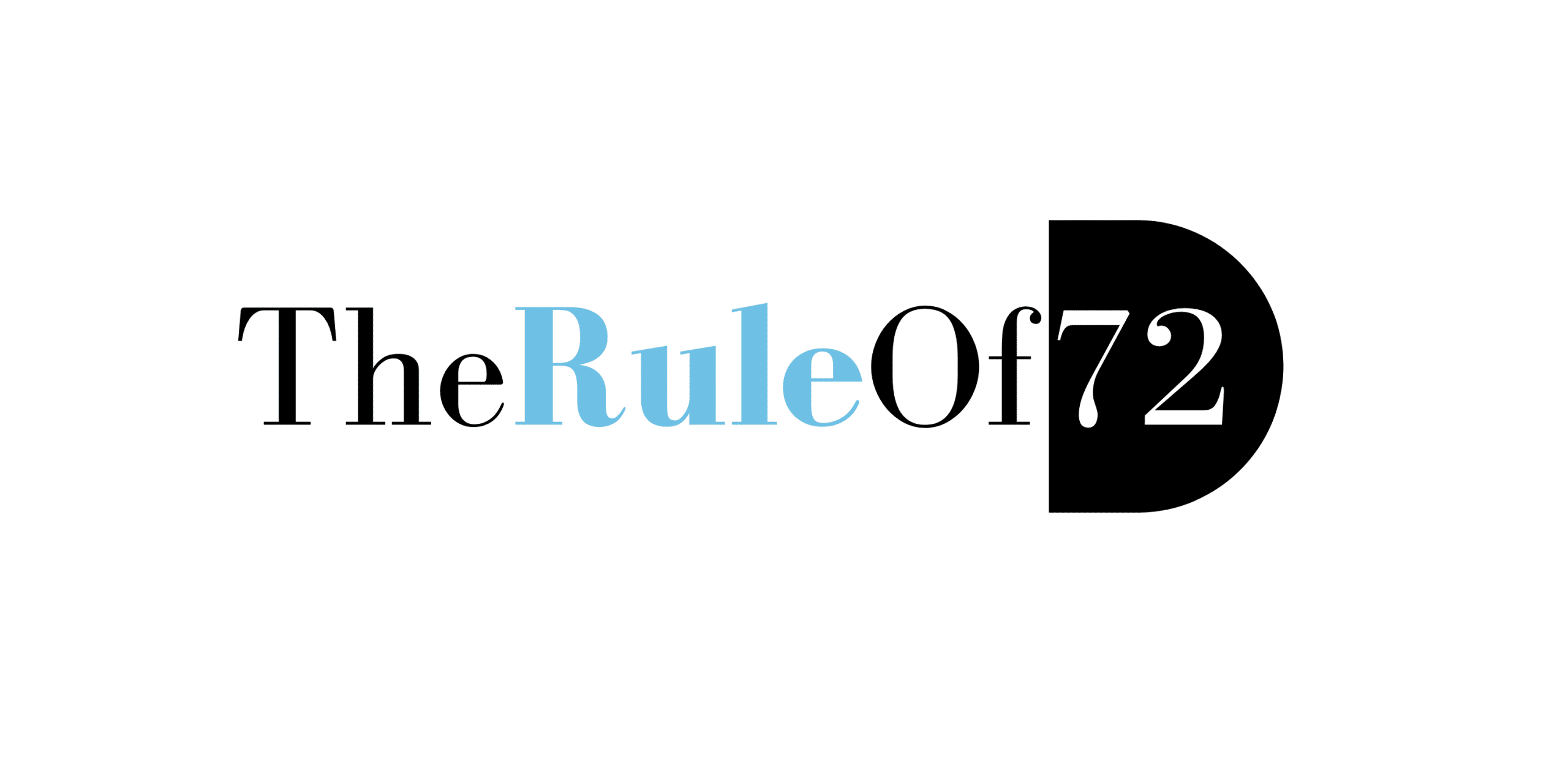What Is Medicare And What Does It Cover?

Medicare is the federal health insurance program for:
- People who are 65 or older
- Certain younger individuals with disabilities
- People with End-Stage Renal Disease (permanent kidney failure requiring dialysis or a transplant, sometimes called ESRD)
PART A
Hospital Coverage
Inpatient Care In A Hospital
Skilled Nursing Facility Care
Inpatient Care In A Skilled Nursing Facility (Not Custodial Or Long-Term Care)
Hospice Care
Home Health Care
PART B
Medical Coverage
Medically Necessary Services
Preventive Services
Clinical Research
Ambulane Services
Durable Medical Equipment
Mental Health Services (Inpatient, Outpatient and Partial Hospitalization)
Limited Outpatient Prescription Drugs
What Costs Are Associated With Medicare?
Part A Premium-
Most people don’t pay a monthly premium for Part A (sometimes called “premium-free Part A”). If you buy Part A, you’ll pay up to $518 each month in 2025. If you paid Medicare taxes for less than 30 quarters, the standard Part A premium is $518 in 2025. If you paid Medicare taxes for 30-39 quarters, the standard Part A premium is $285 in 2025.
Part A inpatient hospital deductible and coinsurance
$1,676 deductible for each benefit period
Days 1-60: $0 copay for each benefit period
Days 61-90: $419 copay per day of each benefit period
Days 91 and beyond: $838 copay per each “lifetime reserve day” after day 90 for each benefit period (up to 60 days over your lifetime)
Beyond lifetime reserve days: all costs
Part B Premium
The standard Part B premium amount is $185 in 2025(or higher depending on your income).
Part B Deductible and Coinsurance
The new Part B deductible for 2025 will be $257. After your deductible is met, you typically pay 20% of the Medicare-approved amount for most doctor services (including most doctor services while you’re a hospital inpatient), outpatient therapy, and durable medical equipment (DME).
What Doesn't Medicare Normally Cover?

Routine Eye Care including eye exams and articles of eye wear

Routine Hearing Care Including hearing aids, exams and fittings

Prescription Drugs excluding those normally covered under Part B

Medicare won’t limit your medical expenditures in any given calendar year

Routine Dental Care

Routine Foot Care
What Options Do I Have As A Medicare Recipient?
As a Medicare beneficiary, you can add on additional coverage via a Medicare Advantage, Prescription Drug or Supplemental Insurance Plan to cover the gaps that Medicare might leave behind. What type of coverage and when you can get it will depend on various factors such as what parts of Medicare you have, the time of the year in which you wish to enroll and whether you have a special enrollment period or not.
Health Insurance Terminology
Insurance
A practice or arrangement by which a company or government agency provides a guarantee of compensation for specified loss, damage, illness, or death in return for payment of a premium.
Premium
Is an amount to be paid for an insurance policy.
Coinsurance
Coinsurance is normally a fixed percentage of the cost of medical expenses after the deductible has been paid and the insurer pays the remaining expense.
Out Of Pocket Maximum
Is the maximum amount of money you may pay for medical services in a calendar year. After you reach your out of pocket maximum, the insurance company will cover all medically covered services at 100% for the rest of the calendar year.
Referral
A referral is a kind of pre-approval that individual health plan members must obtain from their chosen primary care physician before seeing a specialist or another doctor within the same network.
Copay
It is a set payment that is made on behalf of the beneficiary in exchange for services.
Deductible
A specified amount of money that the insured must pay before an insurance company will pay a claim. For example, if a policy were to have a $500 deductible before coverage could begin, it would be required that the beneficiary pay $500 before the company starts paying for claims.
In Network
When it pertains to health insurance, each and every single insurance plan will have its very own list of providers who are contracted with the insurer and are willing to accept a negotiated rate of payment assuming all terms and conditions are met by the beneficiary. If a beneficiary visits a provider or health care facility that is out of network, it is possible that the beneficiary would have to pay a higher copay or cosinsurance.
Formulary
A formulary is a list of medications that are covered by the insurance plan. Most health insurers arrange medications into tiers, specifically 5 tiers with tier 1 being the most economic and tier 5 being the most expensive of them all. Keep in mind that if a medication that you’re taking is not in the formulary, it is possible that you would have to pay.
HMO
An HMO stands for health maintenance organization. HMOs have their own network of doctors, hospitals, and other healthcare providers who have agreed to accept payment at any level for any service that they provide. Usually as is the case for most HMOs, a referral will be needed before the beneficiary can visit specialists inside the network. Keep in mind that most HMOs will not cover services that are rendered by providers and health care facilities that are not “in the network” unless if it is for urgent or emergency care that is medically necessary.
PPO
PPO stands for preferred provider organization, and a preferred provider organization is a type of health insurance plan network in which doctors, hospitals and other healthcare providers contract with a health insurance company or third-party administrator to provide healthcare at a reduced rate to their clients. In comparison to an HMO, a PPO will normally allow its beneficiaries to see providers who are not in the network, but at a greater cost to the beneficiary. Members of a PPO can also see a specialist right away without having to see their primary care physician for pre-approval via a referral.
If you’re ready to learn more about the advantages that Medicare Advantage and Prescription Drug Plans have in store for you, then feel free to select the button below to get started today.


